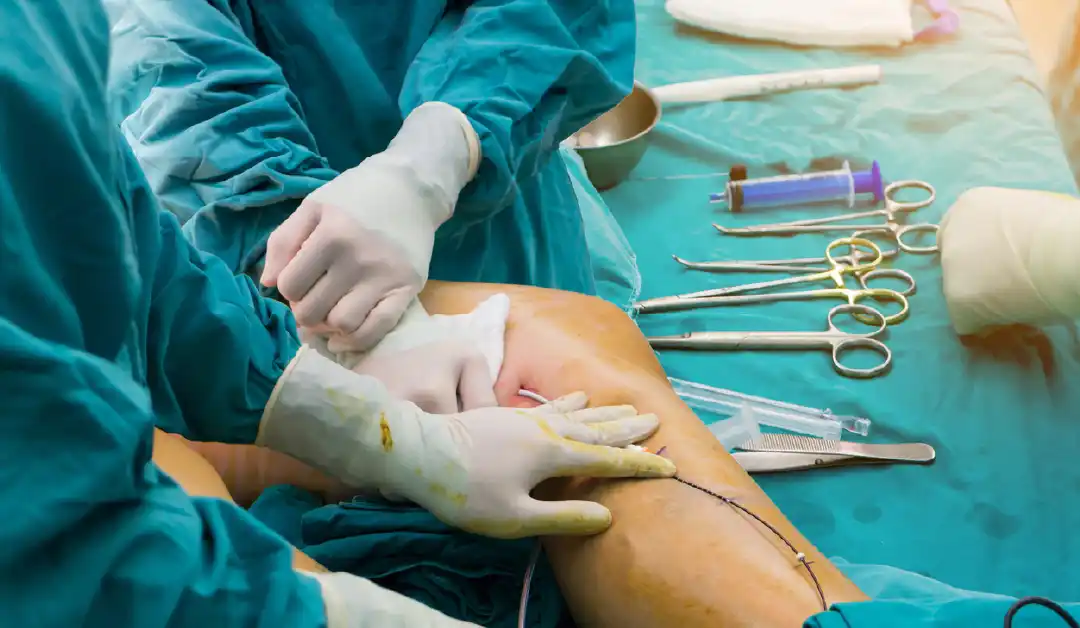- #11-13 Mount Elizabeth Medical Centre (Orchard)
- Mon Fri 9am — 6pm | Sat 9am — 12.30 pm
A Guide to Understanding Surgery and Rehabilitation
Hip and knee replacements are among the most successful and commonly performed surgeries worldwide. These procedures involve replacing broken or damaged joint surfaces with artificial implants, with the goal of restoring pain-free movement and improving quality of life for people with severe joint pain and limitations. This guide looks at the causes of hip and knee pain, joint replacements, surgical procedures, rehabilitation processes, and tips for successful outcomes.
The hip joint is a ball and socket joint where the head of the femur (thigh bone) fits into the acetabulum (socket) of the pelvis. The knee joint is a hinge joint where the femur meets the tibia (shinbone) and the patella (kneecap). Cartilage covers the ends of these bones, providing a smooth gliding surface for movement.

Many conditions can contribute to hip and knee pain, with osteoarthritis (OA) being the most common. Here is a rundown of some common causes:

Conservative treatment methods such as medications, physical therapy, and lifestyle modifications are usually tried first to manage hip and knee pain. However, if these measures fail to provide significant relief and joint pain significantly affects daily activities and quality of life, hip or knee replacement surgery may be considered.
Here are some signs that may indicate the need for joint replacement surgery:
The decision for joint replacement surgery is a collaborative one between the patient and health care professional, taking into account individual factors and overall health status.
A thorough evaluation by the health care team, including medical history, physical examination, blood tests, imaging tests (X-rays, MRI scans), and sometimes cardiac Assessment to make sure you are medically fit for surgery.
Following a successful hip or knee replacement surgery, most individuals experience significant improvement in pain levels, mobility, and overall quality of life. Here are some essential tips to optimize your recovery and long-term success:
It’s important to discuss the potential risks and benefits of hip or knee replacement surgery thoroughly with your healthcare professional to make an informed decision. Book your slot with experts!
With proper planning, dedicated participation in physical therapy, and adherence to post-operative instructions, most individuals can achieve excellent long-term outcomes from hip or knee replacement surgery. This surgery can significantly improve pain levels, restore mobility, and enhance your overall quality of life.